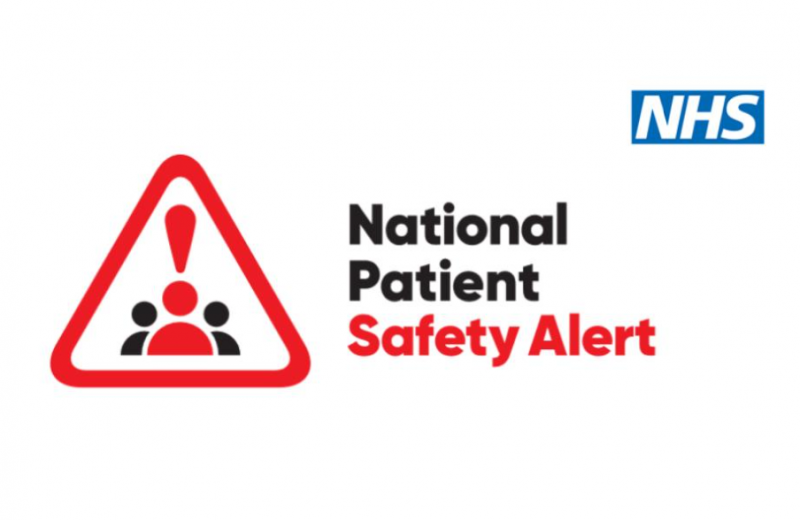Medicines Safety Concern - High Dose Vitamin D Preparations
Written by AlisonFreemantle on Wednesday 13th April 2022
Outcomes of the National Reporting and Learning System (NRLS) review

In response to a Coroner’s concerns in 2019 in which a patient died of vitamin D overdose in care home, as a result of intestinal bleeding due to hypercalcaemia a review of incidents reported to the NRLS over a 2 year period was looked at to identify concerns associated with high dose Vitamin D preparations.
The review identified:
- 42 reports of patients receiving doses of high dose vitamin D preparations more frequently than intended
- 34 of these described administration of daily doses instead of the intended weekly / monthly frequency.
- 20 reports in which the total dose administered was higher than 300,000 IU
- 7 reports describing inadvertent continuation of loading doses of colecalciferol; some of these were due to continued prescribing of loading dose regimens following transfer of care
Recommended actions from the review:
- MHRA to influence manufacturers to improve:
- the clarity of information relating to loading dose regimens
- information outlined in PILs to ensure patients have clear information regarding frequency of dosing and intended duration of treatment
- On-going work with the care home sector
What to look for when dispensing prescriptions:
- Loading dose regimens involve a total of approximately 300,000 IU vitamin D given either as weekly or daily split doses over 6 to 10 weeks.
- No more than 100 micrograms (4,000 IU) of vitamin D a day as it could be harmful.
How much Vitamin D does a patient need?
Children from the age of 1 year and adults need 10 micrograms of vitamin D a day. This includes pregnant and breastfeeding women, and people at risk of vitamin D deficiency.
1 microgram of vitamin D is equal to 40 IU. So 10 micrograms of vitamin D is equal to 400 IU.